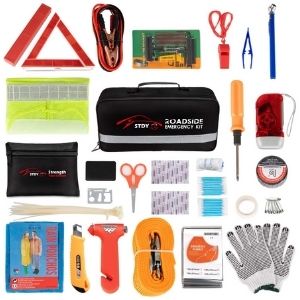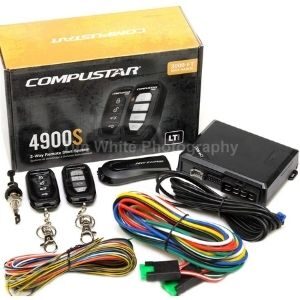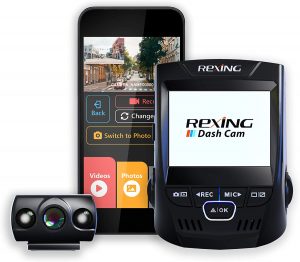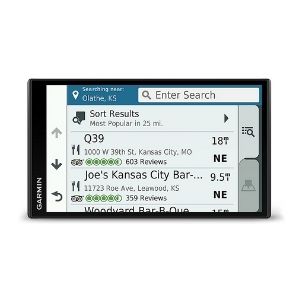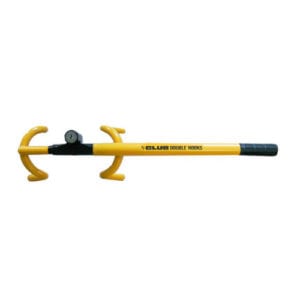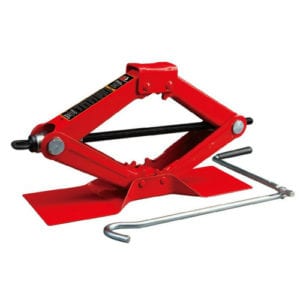Winter is the perfect time to build crackling fires, hit the slopes, and snuggle up with a nice cup of cocoa. It also creates some of the most treacherous road conditions. Because it’s not possible for most of us to hibernate until spring, here are the winter driving tips you need to stay safe and sane on wet, icy, and snowy roads.
Winter Driving Safety Tips
For over 11 years, SafeWise experts have conducted independent research and testing to write unbiased, human reviews (not robots). Learn more.
Snow storms are sweeping though the country. Learn how to prep your home and drive safely out there. Plus, learn what a winter storm warning is and what you should do if your area is issued one.
Winter driving guidelines
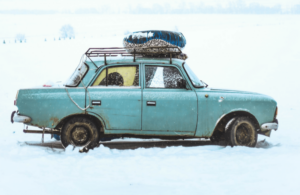
Sign up for our free weekly newsletter to get the best safety news, product info, and deals.
By signing up, you agree to our Terms and Conditions and Privacy Policy.
Don’t drive if you don’t have to
The best way to stay safe during winter driving conditions is to avoid them altogether. If it’s possible for you to avoid driving in the snow and ice, stay put. But hunkering down isn’t always an option. If you have to hit the road when it’s snowy, icy, or wet, make sure both you and your car are prepared for safe winter driving.

Image: Josh Hild, Pexels
Here’s something professional truck drivers check for during the winter season: if ice starts to form on your car’s outside mirrors, that’s a good indicator that ice is also forming on roadways. Take extra precautions or wait until it warms up to drive.
Prioritize vehicle maintenance
Whether you’re prepping for a road trip or your daily commute, get ahead of your car maintenance tasks to stay safe.
Start with simple checkpoints like oil and antifreeze levels. And make it a habit to top off your gas every time you reach halfway. This way you won’t get caught near empty when bad weather causes delays.
Check your tires
Check the tread on your tires. Worn tires are more likely to slip and slide in slushy and icy winter conditions. Invest in all-season tires or winter tires for maximum traction. The softer rubber on winter tires allows them to maintain a better grip in slippery situations.
Also check your tire pressure regularly, as tire pressure drops by 1 to 2 lbs. for every 10°F that the temperature declines. Inflate your tires to the recommended level for your vehicle.
Check your brakes
Request a brake check every time you get an oil change. If you hear a squeak when you hit the brake pedal, take your car in as soon as possible.
Your brakes need more than maintenance upkeep—using them correctly on the road is crucial to retaining control on wet, icy, or snowy roads. Practice slow, steady braking that allows you plenty of time to come to a stop before a light or stop sign.
If you hit a slippery patch of road, the best way to slow down is to ease off the accelerator and downshift before applying the brakes. When you do step on the brakes, slowly apply firm, steady pressure to keep your wheels from locking up.
If you feel the brake pedal drop and hear grinding as the pedal pumps on its own, your anti-lock brakes (ABS) are likely kicking in. Keep your foot firmly on the pedal and focus on steering.
Clear snow and ice from your car

Image: Oziel Gómez, Pexels
Make sure your windshield wipers are in proper working order for clearing rain, snow, and ice. Check fluids and top them off if needed. But remember that windshield wipers can’t do all the work for you.
It’s tempting to do the minimum when clearing off your car before winter driving. However, lingering snow and ice pose a hazard to you and other drivers. Before driving, brush snow off the roof, hood, windows, mirrors, and trunk of your vehicle.
On the flip side, watch for snow spray from other vehicles. If the roads are wet, there will be some amount of spray from all vehicles; however, if it’s starting to ice, you’ll no longer see spray.
Stock emergency supplies
*Amazon.com price as of post date. Offers and availability may vary by location and are subject to change. Read full disclaimer.
Safe winter driving can’t always save you from trouble. Be prepared for the worst, and make sure your car is outfitted with supplies in case of an emergency.
Your car emergency kit should include a blanket, a first aid kit, flashlight or flare, jumper cables, ice scraper, shovel, sand or kitty litter to give you traction, warm clothes, and snow chains. You should also carry some water, food supplies—like energy bars or trail mix—and a phone charger.
Practice defensive driving
When combating winter weather, preemptive vehicle maintenance will get you only so far. Practice defensive driving to stay alert and engaged with your surroundings.
Slow down
Take things nice and easy when you’re driving on winter roads. Quick, jerky movements are more likely to cause you to slip, slide, and lose control of your vehicle. Don’t be tempted to step on it because someone in a truck speeds by.
Accelerate slowly to make sure you gain traction. Also go slowly when you change lanes, turn, and pull out when driving in the snow or ice.
Notice the speed of other drivers on the road. Going too slowly can cause as much risk as driving too fast. For safe winter driving, find a speed at which you feel comfortable, have control, and stay in the main flow of traffic.
It may take ten times longer to come to a stop on ice. On winter roads, increase the standard “two-second following distance” behind other cars to about eight seconds.¹ This leaves you enough time to properly respond if the car in front of you suddenly stops or a crash occurs up ahead.
Listen to the road

Image: Alexandr Podvalny, Pexels
Tires make different sounds when driving on snow and ice, which is another reason to keep your radio volume down for winter driving safety. Snowy road noise should be relatively loud because snow is kicked up.
If loud noise suddenly stops, you might have moved from snow to ice. Stay tuned in to the sound of your tires on the road to keep on top of road conditions that often change quickly, especially during or right after a storm.
Watch out for bridges, overpasses, and ramps
Pay attention to the features of the road during winter driving. Areas like bridges, ramps, and overpasses tend to freeze first and stay frozen longer than other stretches of road.
Slow down as you approach these areas—as they are prime spots for black ice—and pay extra attention to the sound and feel of the road.
Minimize distractions
Although this is a good safe driving tip for all driving conditions, it’s particularly important when you’re facing wet, snowy, or icy roads. Keep your phone turned off or connected to your car’s Bluetooth—and never take your hands off the wheel or eyes off the road to check it.
Turn down the radio or turn it off completely. Make sure you’re fully focused on the road and other drivers.
Winter driving FAQs
If you start to skid or slide, the most important thing is regaining control of the car. Let off the gas to help the car naturally decelerate. Gently steer into the direction of the slide or skid to stabilize the car and regain control. Keeping your wheel turned into the direction of the slide helps avoid overcorrection or a car flip.
Keep headlights on when driving in winter conditions, including during the day. This ensures you’re visible to other cars when snow or storms hit. If you have fog lights, limit their use to foggy and low-visibility conditions. Using your blinker as a turning signal is especially crucial in snowy conditions, so always indicate upcoming turns.
- Invest in all-season tires that are properly inflated.
- Maintain your antifreeze levels.
- Get your brakes checked and refill your gas tank often.
- Inspect outer car mirrors for ice to anticipate icy roads.
- Don’t use cruise control on slippery surfaces.
- Stay eight seconds behind other cars and keep your headlights on even in the daytime.
- Practice defensive driving. Drive slowly in snowy weather, and when coming to a stop, apply firm, steady pressure on the brakes to keep your wheels from locking up.
- Always keep an emergency kit in your car.
Conclusion
Whether you’re road-tripping for the holidays or commuting around town, remember to keep on top of vehicle maintenance, practice defensive driving, and avoid driving if the conditions are too extreme. Want some more insight? Check out our list for the best and worst states for driving in bad weather.
Related articles on SafeWise
Sources
- Driving Tests, “How to Drive Safely in Snow and Ice.” Accessed January 6, 2025.
Compare the top car safety products
Amazon.com price as of post date. Offers and availability may vary by location and are subject to change. Read full disclaimer.
Recent Articles




